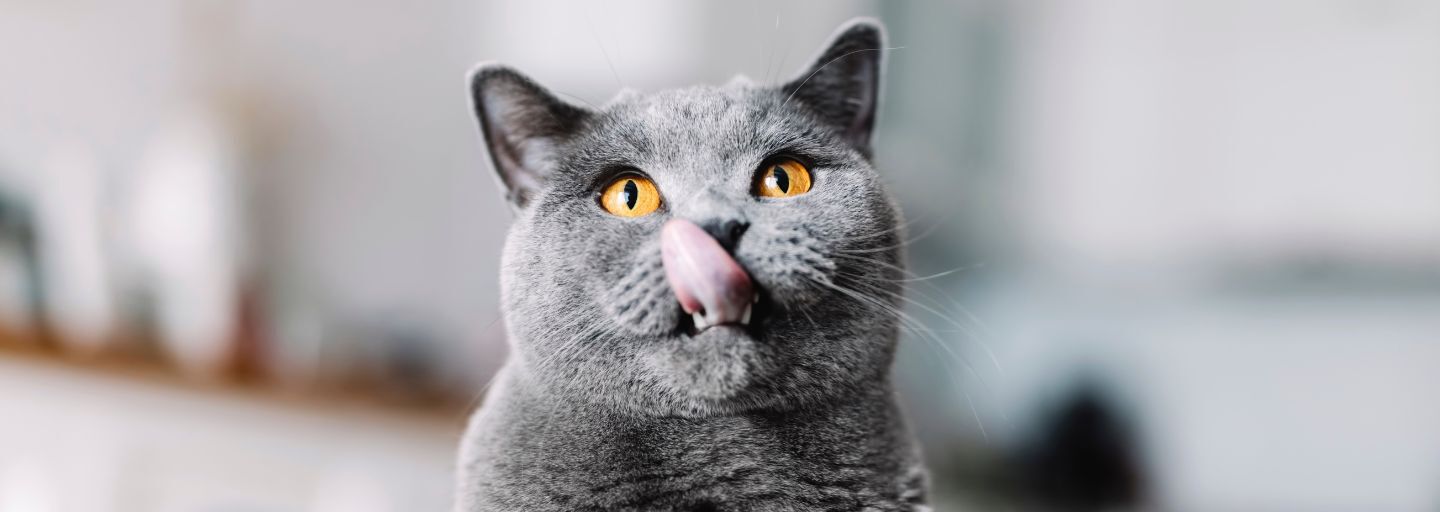As cat owners, we all love to spoil our furry companions with treats. However, it's important to remember that not all treats are created equal. Providing the right treats in the right way can contribute to your cat's overall health and well-being.
What are cat treats?
Cat treats are specially formulated snacks designed to provide additional enjoyment and nutritional benefits for our feline companions. These treats come in various forms, including crunchy bites, soft chews, or even freeze-dried options. One key difference between cat treats and human snacks lies in their composition. Cat treats are typically higher in protein content, as cats are carnivores and need a diet rich in animal-based proteins. Many human snacks are often high in carbohydrates, sugars, and fats, which are not suitable for a cat's digestive system.
Do’s of Cat Treats:
- Choose High-Quality Treats: Opt for treats made from high-quality ingredients specifically formulated for cats. Look for treats that are rich in protein and low in fillers, artificial additives, and preservatives. Reading labels and selecting treats from reputable brands can help ensure you're making a nutritious choice.
- Consider Your Cat's Dietary Needs: Take into account your cat's age, weight, and any specific dietary requirements when selecting treats. For example, kittens may require treats that support their growth and development, while overweight cats may benefit from low-calorie treats. Consult with your veterinarian for guidance on the best treats for your cat's individual needs.
- Use Treats for Training and Bonding: Treats can be a valuable tool for training and strengthening the bond with your cat. Use small, bite-sized treats as rewards during training sessions to reinforce positive behaviour. This positive reinforcement can help your cat learn new commands and tricks while enjoying the treat as a reward.
- Offer Variety: Just like humans, cats appreciate variety in their diet. Introduce a range of flavours and textures to keep your cat interested and engaged. However, be mindful of any allergies or sensitivities your cat may have and avoid treats that could potentially trigger adverse reactions.
Don'ts of Cat Treats:
- Overindulge: While treats can be a delightful addition to your cat's diet, it's important not to overindulge. Treats should only make up a small portion of your cat's daily caloric intake. Excessive treat consumption can lead to weight gain, nutritional imbalances, and other health issues. Follow the recommended serving sizes and consult with your veterinarian for guidance on appropriate treat quantities.
- Substitute Treats for a Balanced Diet: Treats should never replace a nutritionally balanced cat food diet. They should be given as occasional supplements or rewards, not as a primary source of nutrition. Ensure that your cat's main meals consist of a complete and balanced cat food that meets their specific nutritional requirements.
- Give Human Food as Treats: While it may be tempting to share your own food with your cat, it's important to avoid giving them human treats or table scraps. Many human foods can be harmful or toxic to cats. Stick to treats specifically formulated for cats to ensure their safety and well-being.
- Ignore Dental Health: Dental health is crucial for cats, and treats can play a role in maintaining oral hygiene. Look for treats that are designed to promote dental health, such as those with a crunchy texture that helps reduce plaque and tartar buildup. Regular dental check-ups and professional cleanings are also essential for your cat's oral health.
Cat treats can be a wonderful way to show your feline friend love and appreciation. By following the do's and don'ts of giving cat treats, you can ensure that your cat receives the right treats in the right quantities, promoting their overall health and happiness.



